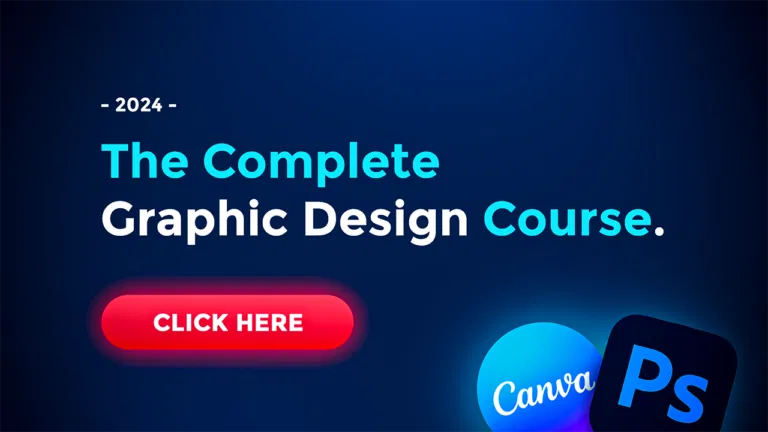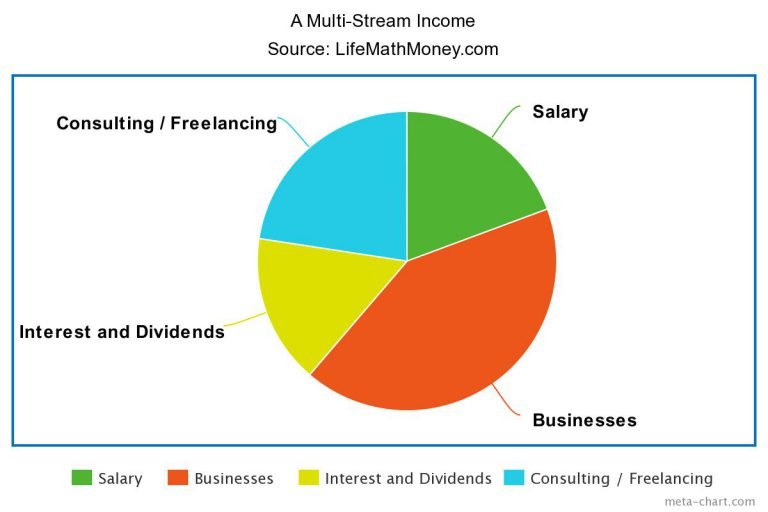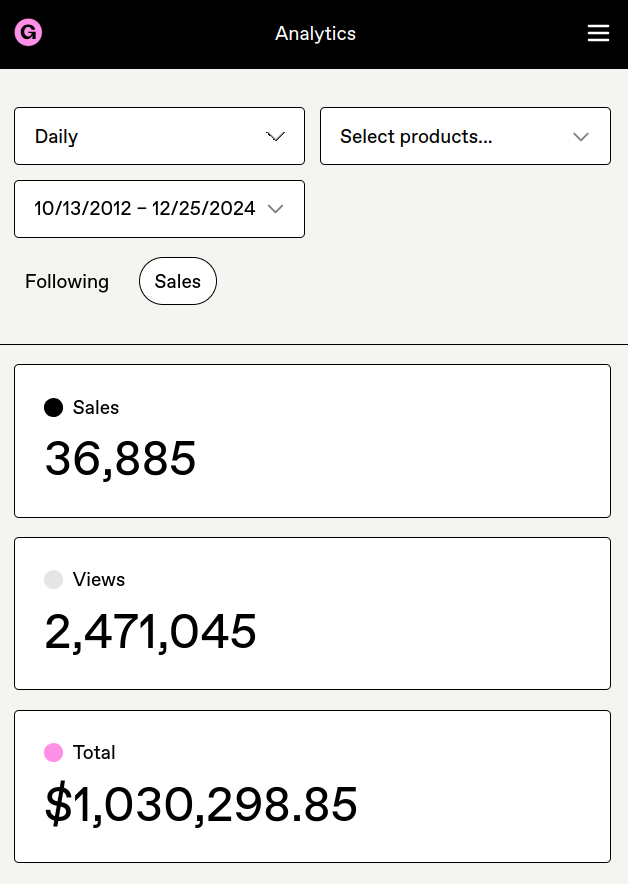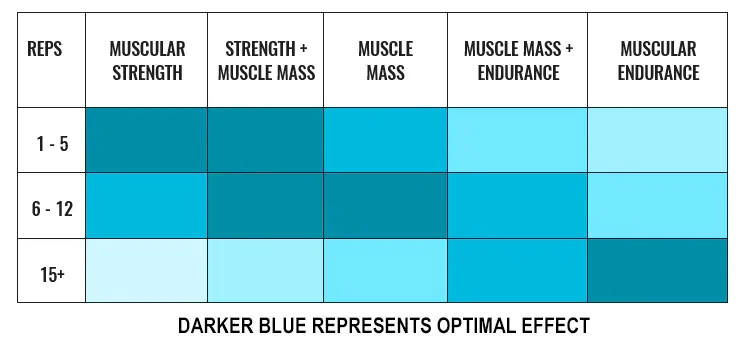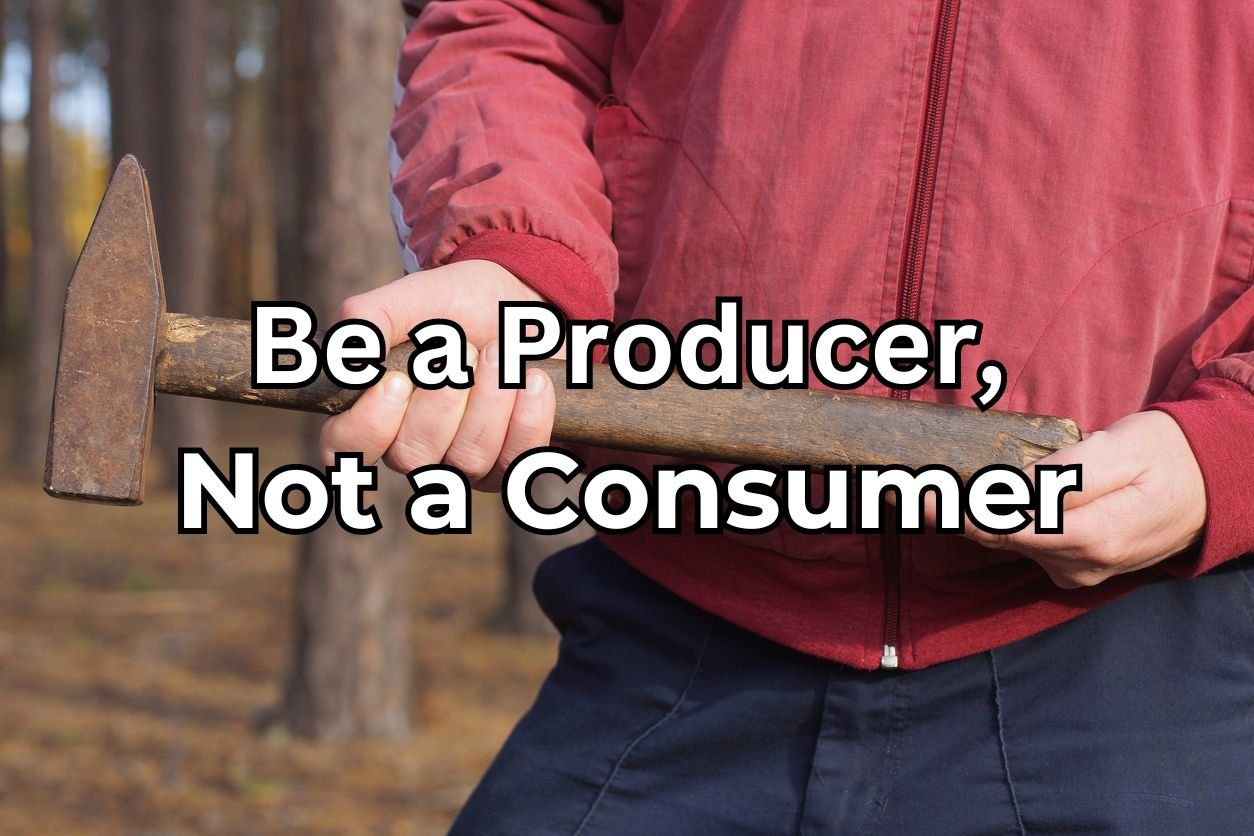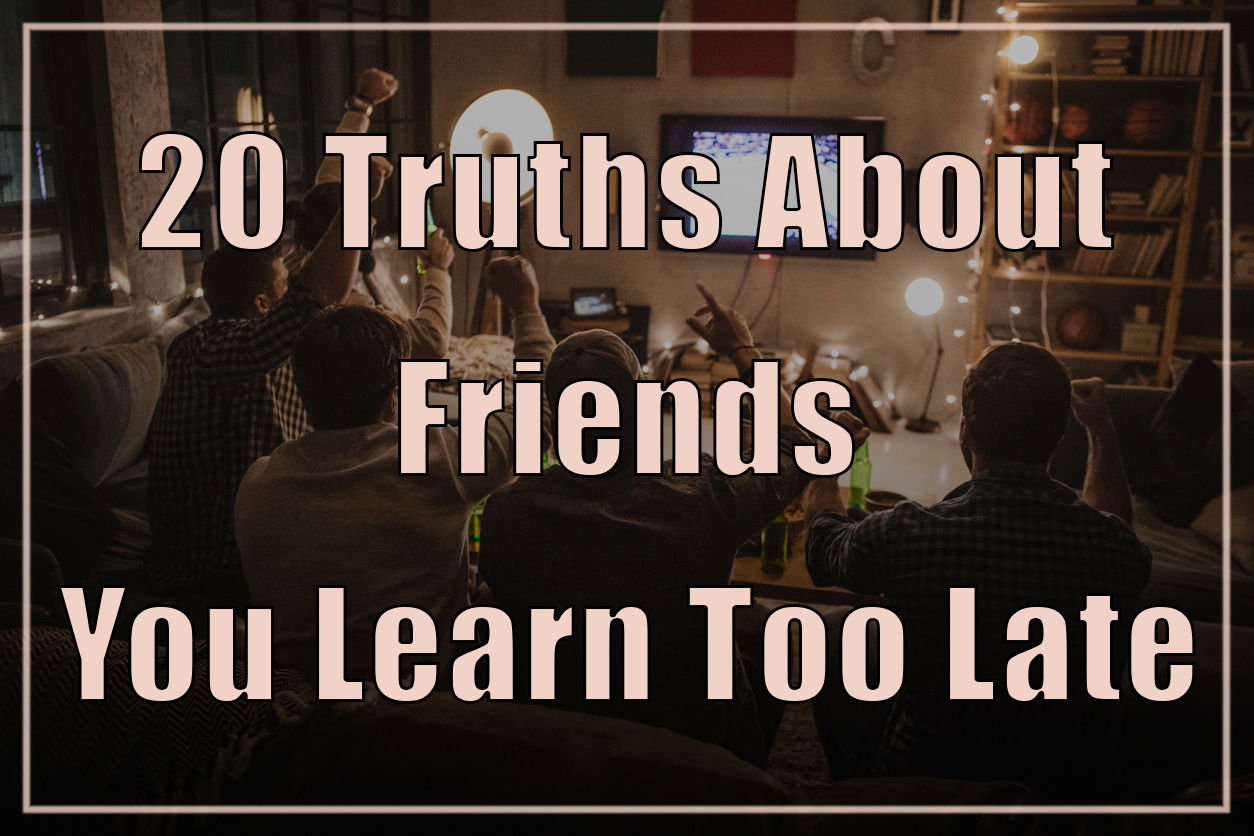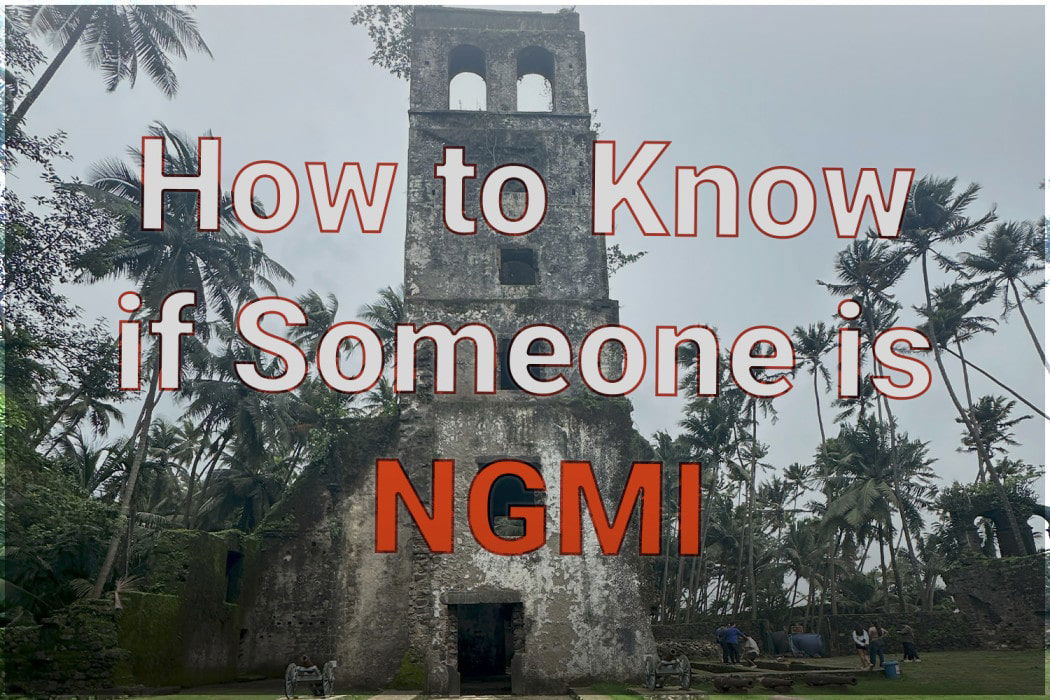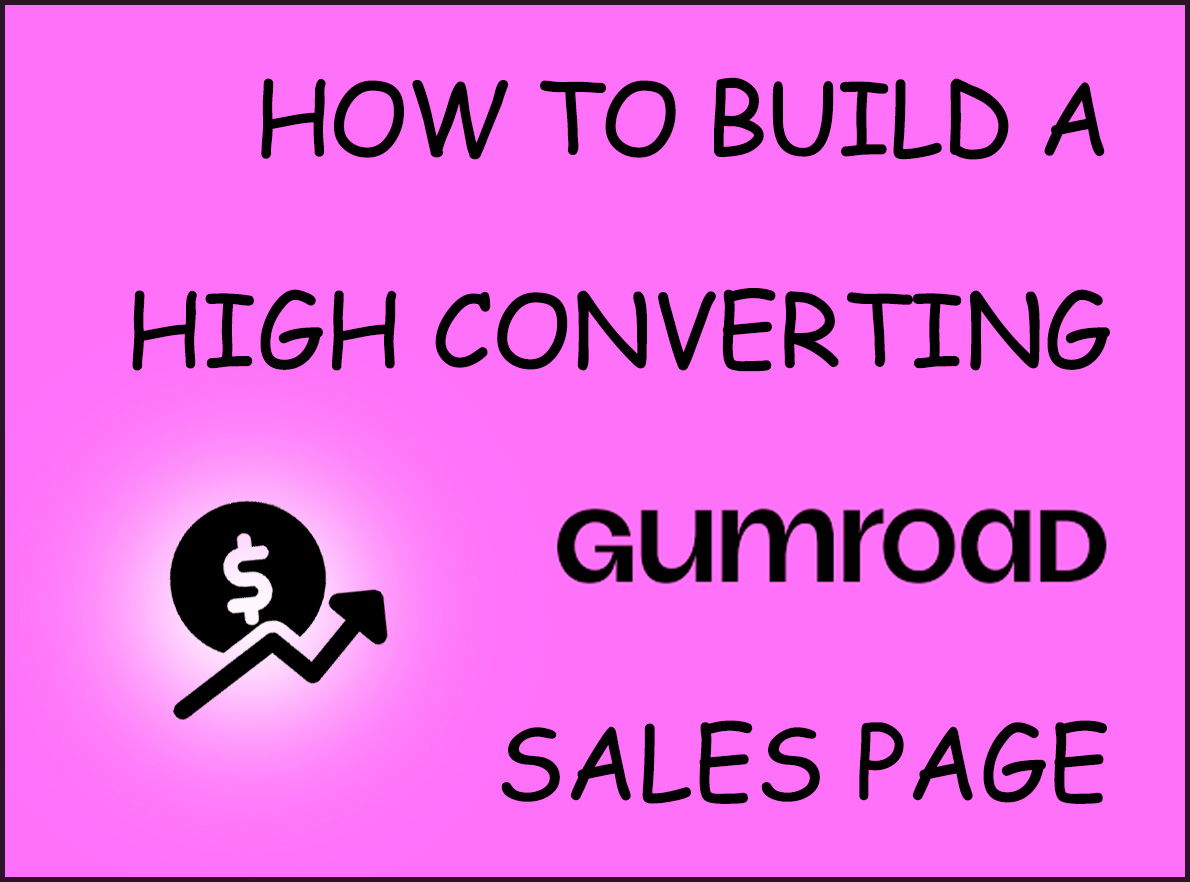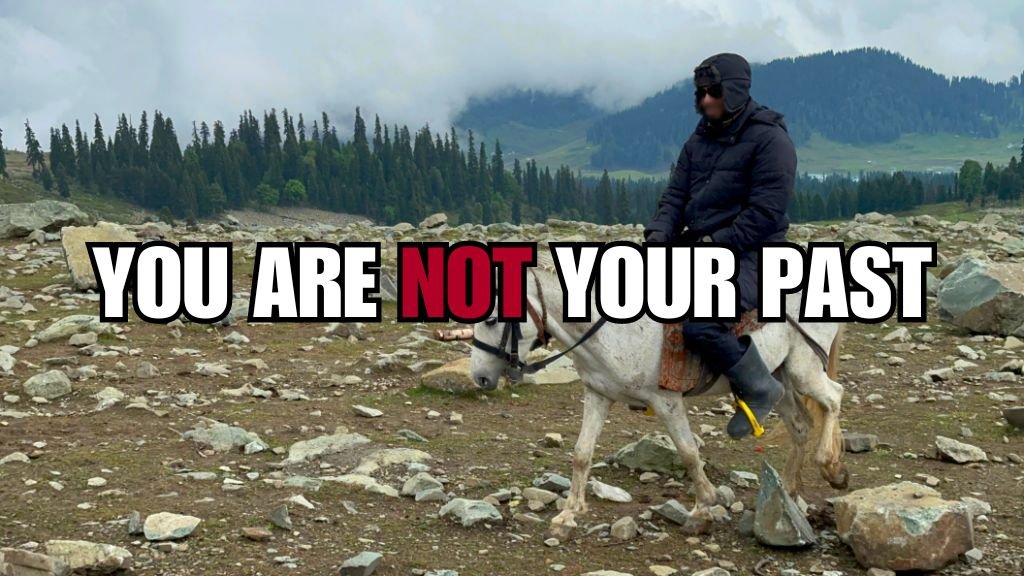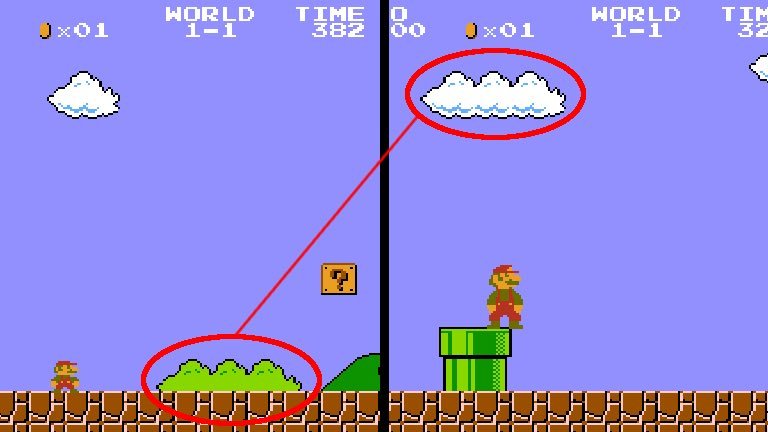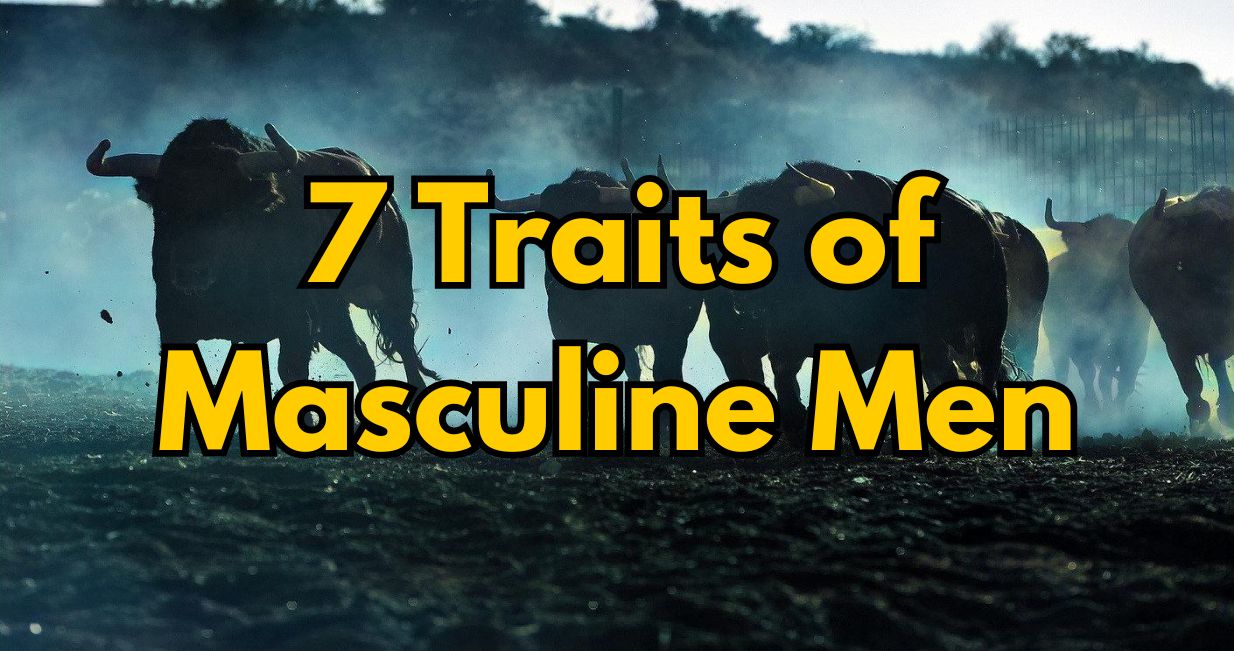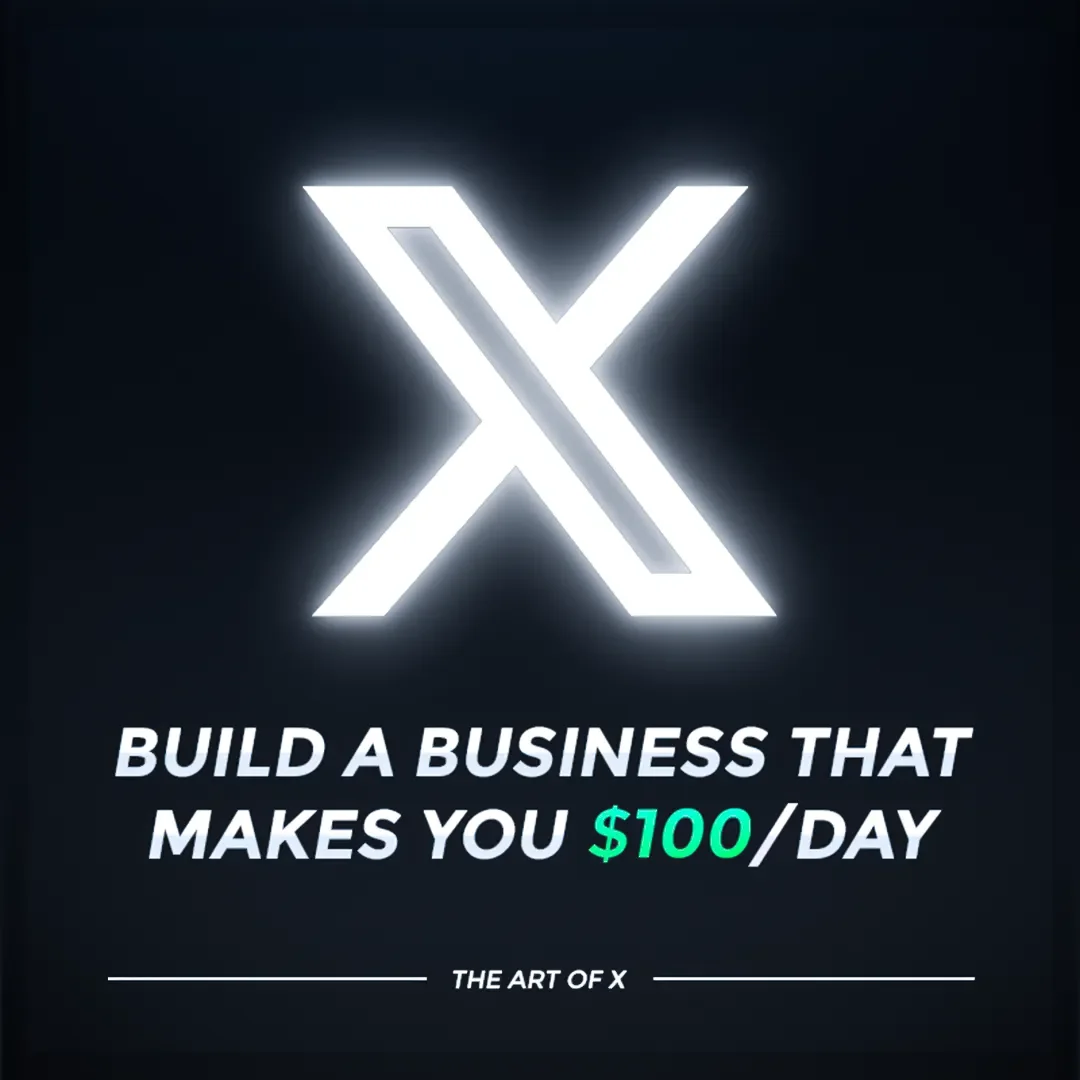In the previous article, we talked about why you should start an online business. In this article, we’ll discuss a rather hot topic: how to make money online. This article is divided into three parts: 1) The Offer 2) The Traffic and 3) Useful Business Tools.
To make the article more comprehensive, I’ll also discuss how LMM itself makes money along with some specific examples for each case.
Part 1: The Offer
If you want to make money online, you need to sell something. There is literally no way to make money in life without selling something. It’s not a business till you’re selling something.
1. Selling Your Own Products and Services:
The biggest money is in selling your own products. When you sell your own products, you get to keep all of the money, and you also own the customer. Selling your own products is hard for beginners (I wouldn’t recommend it until you have some experience with affiliate marketing), but it’s also the most profitable one out there.
You’ll have to create a quality product that people want to buy – this part takes a bit of knowledge/experience with your target market and industry.
Software: Here, you create some software that helps people do something or saves them time in some way. It is one of the most scalable things on the planet and usually gives you recurring revenue.
Paid software used by LMM:
- Gumroad – The platform I use to sell my products.
- Zlappo – The social media management software that I use to schedule tweets and to turn tweets into photographs for Instagram.
- Convertkit – To send emails to everyone on my email list.
- SmarterQueue – The software I use to automate Twitter bots.
- Grammarly – To reduce grammatical errors in my articles.
Most of them cost $10 – $50 a month and save me time by automating redundant tasks.
Personalized Services: Selling personalized services is another way to make money, although it’s much harder to scale. You will need to have some skills that other people will pay you for.
The easiest way is to take what you already do and freelance over the internet. (e.g., If you are a lawyer, find a way to promote and provide your legal consulting services online via video conferencing.)
Freelancing over the internet is very easy for people whose skills lie in some form of computer-based service itself. If you are a graphic designer, video editor, voice artist, or you can solve or assist with some tech-related problem for people – such as setting up websites, SEO, etc., finding some freelancing clients is just a matter of putting yourself out there.
Some freelancing websites that you should check out:
- Fiverr
- Upwork
- Specific communities on social media platforms such as Reddit’s r/logorequests
Register and price yourself appropriately and you should be able to find yourself a few clients in no time.
If you’re in professions such as mechanical engineering or theoretical mathematics, then this option is probably not for you (but if you can find a way to do it, don’t let me stop you!). In these cases, teaching your subject of expertise at scale is probably the way to go.
Times LMM used personalized services from online freelancers:
- Hired a designer to create the logo and the Twitter banner
- Hired a designer to create a cover for Live Intentionally
- Hired a designer to create a cover for The Art of Twitter
Physical products: This involves processing orders over the internet and shipping a physical product to the consumer.
You will need a physical product to sell (you will need a supplier), and storefront to sell it. Amazon is the biggest player in the storefront and order fulfillment space. You can create a personal storefront via Shopify. You will also need to find a warehousing and order fulfillment partner (or do it yourself).
I can’t tell you much about this because I have no experience with it. If you’re interested in pursuing this, use Google to learn more.
Digital Products: This involves selling some form of product that can be delivered via the internet itself. You process the payment and the customer automatically receives the product. The product could be:
- Music
- Images
- Movies and video content
- E-books, audio-books, or podcasts
- Downloadable software (such as WordPress themes)
Digital products have to be very high quality if you hope to survive. If your product sucks, no one will buy from you again, and you’ll also not have access to the greatest form of marketing out there: word of mouth and referrals from happy customers.
Products sold on LMM:
1. Life Intentionally: Discipline, Mindset, Direction – A 90 Day Self-Project:
This is my flagship book that is structured as a 90 Day Self Project, containing several mindset and self-introspection exercises to help the reader understand himself and find direction in his life, plus a series of habits and thinking patterns that the reader needs to follow for 90 days that will significantly improve the way he/she lives his life. There’s also a simple bodyweight exercise plan and an easy to follow guide to fat loss included therein. I also include a workbook to help the user keep track of his progress.
It’s a guide to gaining momentum and getting your life in order with concrete, actionable steps.
I have a rather large Twitter account – with over 150,000 followers, and we’re growing every day. A lot of people have over time reached out to me, asking me to create a guide to help them grow their own followings and business. After defraying it for a long time, I finally penned down The Art of Twitter.
The Art of Twitter is a guide to help you grow your Twitter account from scratch i.e. from 0 followers to 10,000 followers and beyond without spending a single penny on advertising or retweets.
I’ve grown other accounts from scratch as well, such as @48_quotes and @bookofpook – which are completely automated and have tens of thousands of their own followers i.e. I know what I’m talking about.
If you want to create a Twitter-based online business, get this guide.
2. Selling Other People’s Products and Services (Affiliate Marketing):
You sell someone else’s product and you take a percentage of the sale. This percentage can range from 1% to all the way up to 90% and can be recurring or non-recurring.
Affiliate marketing is the simplest way to make money on the internet. You don’t have to create your own product, nor do you have to create a sales page. All you have to do is to show the product to new people and get paid a commission if and when they make a purchase.
There are two ways of doing this, the scummy way and the ethical way. The scummy way is to market anything you come across, and the ethical way is to only market products you like and use.
If you have never made money online and have no associated skills, I recommend starting here, instead of trying to create your own products from the get-go. Just try to create an audience via social media and recommend products that you like and use.
You should also take a look into Niche websites. These are websites that are dedicated to writing reviews for products in a specific niche and make all of their revenues via affiliate sales. Almost all of the traffic is organic (via search engines). If you’ve ever researched a phone or a computer or even shoes, you’ve likely stumbled upon a niche site.
Affiliate marketing is the most beginner friendly and simple way to make money online. If you don’t know where to start, start here.
Affiliate Products on LMM:
- Amazon: Almost all of the products linked to Amazon are via affiliate links. If you buy a book or product by clicking a link on my book recommendations page or approved products page, I make a small commission on the sale.
Affiliate Partnership with Victor Pride from Bold and Determined. I market two of his books that I like and have used: 30 Days of Discipline via a review post, and Body of a Spartan, a strength training program I recommend for people who can’t afford a trainer, a link to which is placed on the website sidebar.(Bold and Determined has now ceased to operate.)- Namecheap: A domain registrar and web hosting provider.
- KI Book Club: High-quality non-fiction book summaries, sent to you every week.
Affiliate opportunities on LMM:
I’ve created my own affiliate program for those who are interested in promoting any LMM products. We’re offering 75% commissions per sale.
3. Advertising:
In stark contrast with Affiliate Marketing where you market a product to an audience, here you market your audience to an online advertising company (such as Google Adsense and Media.net). The company displays advertisements on your website and pays you based on the number of times the ad has been seen or clicked.
This is used by websites that get large amounts of traffic such as news websites, internet joke sites, porn websites, etc.
Advertising can make you significant amounts of money if your traffic is massively large. You make more money if your audience comes from first world countries.
LMM does not do any advertising of this kind. The problem I’ve found with this approach to monetizing a website is that it rewards quantity rather than quality. You need to get a lot of hits to your site, which means you publish very regularly (sites relying upon ads often publish multiple times a day) and you use ultra clickbaity titles to get as many people to click as you can.
- 13 things you don’t know about women. You won’t believe #5.
News websites do this kind of crap all the time. They publish headlines that anyone with an IQ of 5 or above would find dumb and triggering – and you click them to tell them how wrong they are. When you get triggered and click it, you see an ad and make them money. Then you probably share that article on social media commenting about how wrong they are, so your friends click it and see a few ads and make them money. The process is self-perpetuating.
4. Donations:
This is frequently used by independent content creators like YouTubers and bloggers. If you add a lot of value to people, they’ll want to support your work. They’ll buy your products and they’ll donate money to you so that you can continue to do what you do.
Some creators need to rely on donations, especially those who are “controversial” and can’t find advertising partners and where there is a limited scope of product creation. If you plan to create content around non-mainstream culture or some kind of comic or TV show, you’re going to have to accept donations.
There are also some platforms such as Twitch (live video streaming platform) where the primary revenue model is viewer donations.
Part 2: The Traffic
Selling something is half the game. The other half is getting people to look at what you’re offering. Remember, if you create something, but no one sees it, in the world of sales – it doesn’t exist.
Here are some ways you can generate traffic to your website:
1. Organic Traffic via Search Engines:
This is traffic you get from search engines such as Google. You create your website, you write some articles, Google indexes you, and when someone searches for material related to what you wrote about on Google, there’s a small chance they find your page. If your site is high quality enough and people spend time on your site, Google’s algorithm will rank you higher, and you’ll get more people from Google.
While I am not an expert on SEO, I have a few articles that have managed to get on the first page of Google:
- Fame is a Curse: Why You Should Avoid Becoming A Public Figure for the keywords “fame is a curse”
- How To Get Rich – Without Getting Lucky (An analysis of the Naval tweetstorm) for the keywords “how to get rich without getting lucky”
and some more, for less popular keywords.
2. Social Media:
Social media is huge – almost everyone uses some form of social media now. It’s really easy to drive a lot of traffic from social media to your site(s).
You create an account on popular social media websites, and you try to gain an audience. You occasionally link to your products and articles on your profile. If people like your content, they’ll click your links.
In fact, if you have a popular social media account, you don’t even need a website strictly speaking. Quite a few people make money online by directly selling their products on social media with no website.
Some social media websites (such as YouTube) also provide inbuilt monetization options.
LMM on social media:
- Twitter – This is my primary means of promoting the website. If you’re reading this, you likely found me via Twitter.
- Instagram – Tweets are automatically converted into images and posted here. I am not manually active on Instagram for the most part.
And that’s it, those are the only social networks I use. I tried a few others (Pinterest), but I didn’t manage to get a lot of traction on them.
3. Paid Traffic:
Remember I said that you can make money via displaying ads from online advertising companies such as Adsense? Well, those ads have to come from somewhere.
You can pay money to have your own ads displayed on other people’s websites.
This is a great way to get highly targeted traffic to specific product offerings. To make money, you must spend money.
You pay for ads, you get people to see your offer, a small percentage of that traffic converts into sales, and if all goes well, the profits from those sales are higher than the amount you paid for your ads.
You’ll need to brush up your copywriting skills to maximize clicks and conversions. I recommend reading Cashvertising (India, UK, USA) before you start spending money on ads.
Part 3: Useful Business Tools
Payment Processing: You’re going to need some way to process payments to your bank account. Popular ones include Paypal and Stripe. Even Bitcoin has been gaining a lot of popularity lately.
If you live outside the USA, I recommend using Payoneer when you can because they have much lower currency conversions fees.
If you want to buy and sell small amounts of Bitcoin, use Paxful.
Shopping Cart: You will need some kind of shopping cart software to automate the purchase and digital delivery of the product. I use Gumroad. A popular alternative is E-junkie.
Analytics: You will need software to see how many users are coming to your website and from where. I use Google Analytics – it’s free.
Domain: If you want a website, you’ll need to register a domain. This costs ~$10 a year. Use Namecheap for your domain – they’re the cheapest.
Hosting: Your website will have to be hosted somewhere. Namecheap has some very cheap hosting plans (they also give you a free domain and SSL certificate with their annual hosting packages).
Alternatively, you can pick other hosts to your liking. Remember to also set up some kind of a CDN to ensure your website is fast.
WordPress.com is the easiest way to set up a blog or content website for people with zero technical skills. They also an in-built analytics system and CDN called Jetpack.
Business Email: A personalized email on your own domain makes you look more professional. I use admin [at] lifemathmoney.com. I could have gone with a free harsh123456789blahblah @ gmail or yahoo .com but that wouldn’t look too great, would it?
Namecheap can hook you up with a cheap business email. Alternatively, you can use more mainstream email providers like Microsoft’s Exchange or Google’s G Suite (I use G Suite).
At the time of writing, a business email from Namecheap costs $10/year, while Microsoft Exchange costs $48/year and G Suite costs $72/year. And this is before any kind of indirect taxes that your country may impose. So if you don’t have a lot of funding – stick to Namecheap.
Email Marketing: As mentioned earlier, I use Convertkit.
Business Entity and Accounting: You might want to run your business as an incorporated entity – your local accountant or lawyer can help you set one up.
The Most Important Thing
So I’ve given you a broad overview of making money online. How you specifically implement it is up to you – be it software, selling your services, blogging/writing, niche sites, social media, independent content creation, etc., depending on your current skill-set and vision.
The most important thing when it comes to starting an online business is … Starting (and the patience to put in the work before you begin seeing meaningful traction and revenue). If you never start it, you won’t get anywhere, and tomorrow you’ll wish that you had started today.
Here are the three most common excuses I’ve heard and my replies to them:
“Business is risky” – Everything is risky. Even your “secure” job. You could be laid off tomorrow if your boss woke up on the wrong side of his bed. An online side business diversifies your sources of income – so it’s actually more risky not to have a business than to have a business.
“I don’t have a product” – Don’t put the cart before the horse. Start social media accounts and start building up an audience. The product is the easy part – just create something that will help your audience. When I began writing LMM, it had no products for sale. But eventually, I knew what my readers needed – so that’s what I created.
“I don’t have time” – Use whatever time you have. Before work, after work, during work (don’t tell your co-workers).
I recommend taking up the Live Intentionally – 90 Day Self Project as you build your first online stream of revenue. Just set your mission statement to “building my first internet-based revenue stream”. As a bonus, you’ll also become tougher, calmer, and more purposeful as you take the self project. Your purchase is completely risk-free; if you feel that the project isn’t helping you, just shoot me an email within 30 days and I’ll fully refund your purchase, no questions asked. If my work doesn’t help you, I don’t want your money.
Hope this helps,
Until next time,
Harsh Strongman


